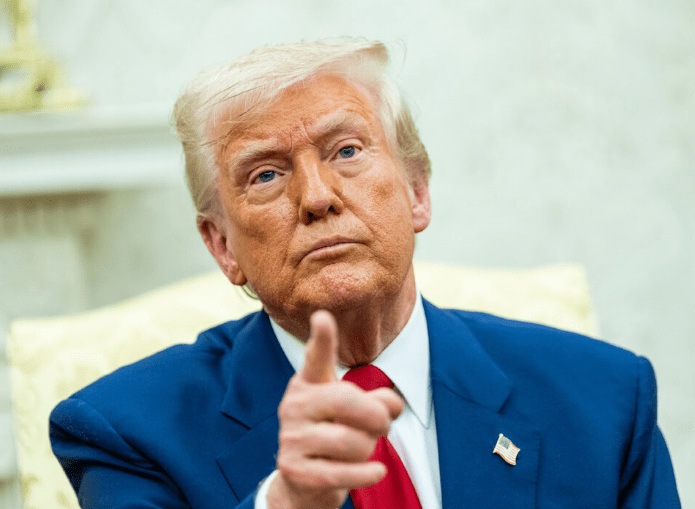
Local time [specific date], according to reports from multiple media outlets including the Financial Times, U.S. President Trump signed an executive order allowing the U.S. 401(k) retirement savings plan, valued at up to $9 trillion, to break traditional investment restrictions and include alternative assets such as cryptocurrencies, gold, and private equity in its investment scope. This initiative has attracted widespread market attention and could have profound implications for financial markets in the U.S. and globally.
The 401(k) plan is one of the most popular retirement savings methods in the United States. For a long time, its asset allocation has primarily been limited to publicly traded products such as stocks, bonds, and mutual funds. The executive order signed by Trump aims to break the 'safe asset' boundaries that have remained unshaken for nearly half a century, providing more diversified investment options for tens of millions of American workers' retirement savings.
The executive order requires federal regulatory agencies to comprehensively assess and eliminate institutional barriers in current regulations that hinder the inclusion of cryptocurrencies, private equity, gold, and infrastructure project investments in the 401(k) plan. This means that in a low-interest-rate environment, the U.S. government is trying to enhance the potential return rates of the 401(k) plan by expanding the range of asset choices. For example, in the past six years, Bitcoin has outperformed the Nasdaq index in five of those years, a statistic that has become a key factor in attracting policymakers to push for reform.
The market's expectation of policy relaxation has already begun to manifest. According to estimates from the analysis firm Dragonfly Partners, if 1% of the assets in 401(k) plans are allocated to cryptocurrencies, it would bring approximately $90 billion in new funds to the cryptocurrency market, equivalent to nearly 5% of the current total market value of cryptocurrencies. This potential influx of massive funds will undoubtedly have a significant driving effect on the development of the cryptocurrency market.
This move by the Trump administration is not isolated. As early as May of this year, the U.S. Department of Labor rescinded a policy introduced during the Biden administration that had previously hindered 401(k) plan managers from offering cryptocurrency investment options, laying the groundwork for the signing of this executive order. Additionally, the Trump administration plans to require the Department of Labor to consider establishing a 'safe harbor' mechanism for 401(k) plan managers to reduce their legal risks from offering high-fee, low-liquidity, and less transparent private investment products compared to publicly traded stocks.
However, this policy has also raised concerns among some individuals. Critics argue that the cryptocurrency market is highly volatile and uncertain, and including it in retirement savings plans could expose ordinary investors' retirement wealth to greater risks. Especially for those relying on 401(k) plans for retirement savings, any severe fluctuations in the cryptocurrency market could significantly impact their retirement lives.
Despite the controversies, the executive order signed by Trump undoubtedly marks an important step for the U.S. in retirement savings policy and cryptocurrency regulation. In the future, as federal regulatory agencies gradually implement related policies, the specific implementation details of investing alternative assets in 401(k) plans will become the focus of market attention. The long-term impact of this policy not only concerns the quality of retirement life for tens of millions of American workers but will also have profound demonstrative effects on the asset allocation patterns of global financial markets.


